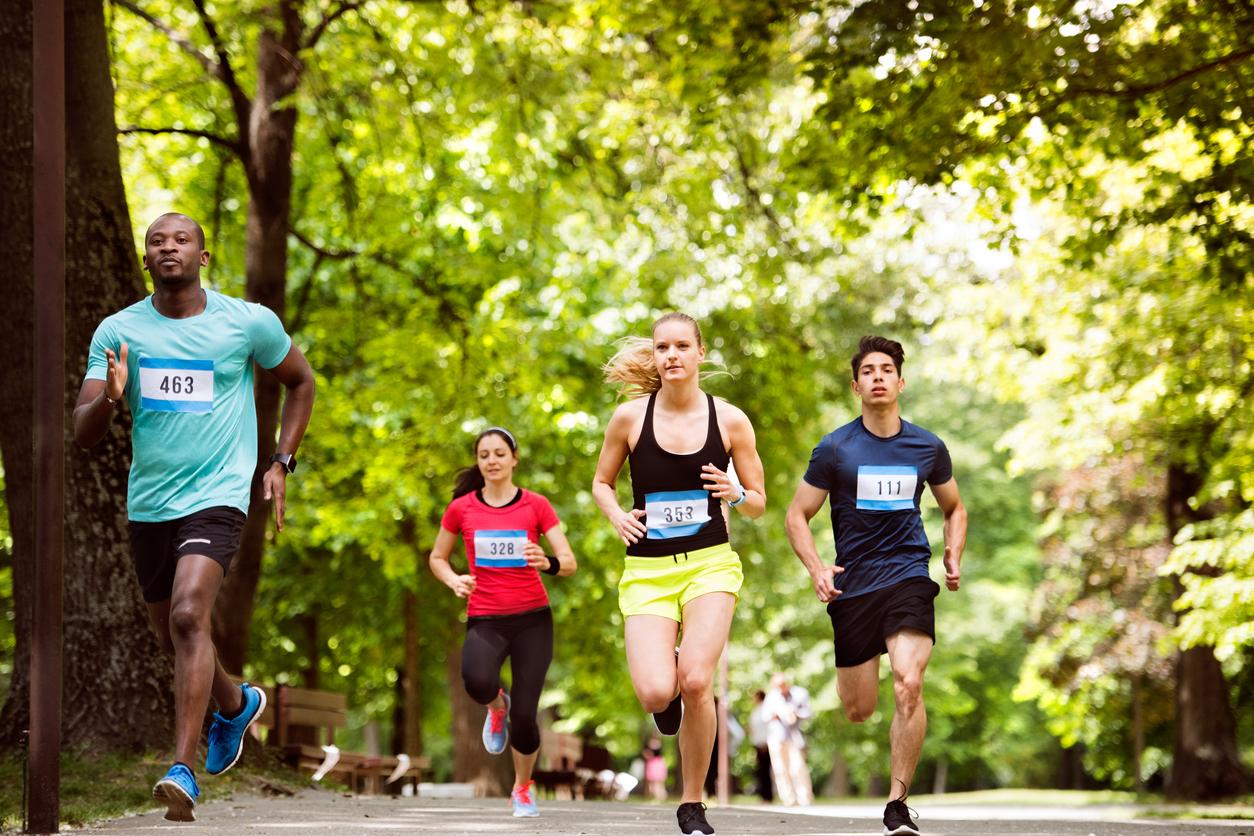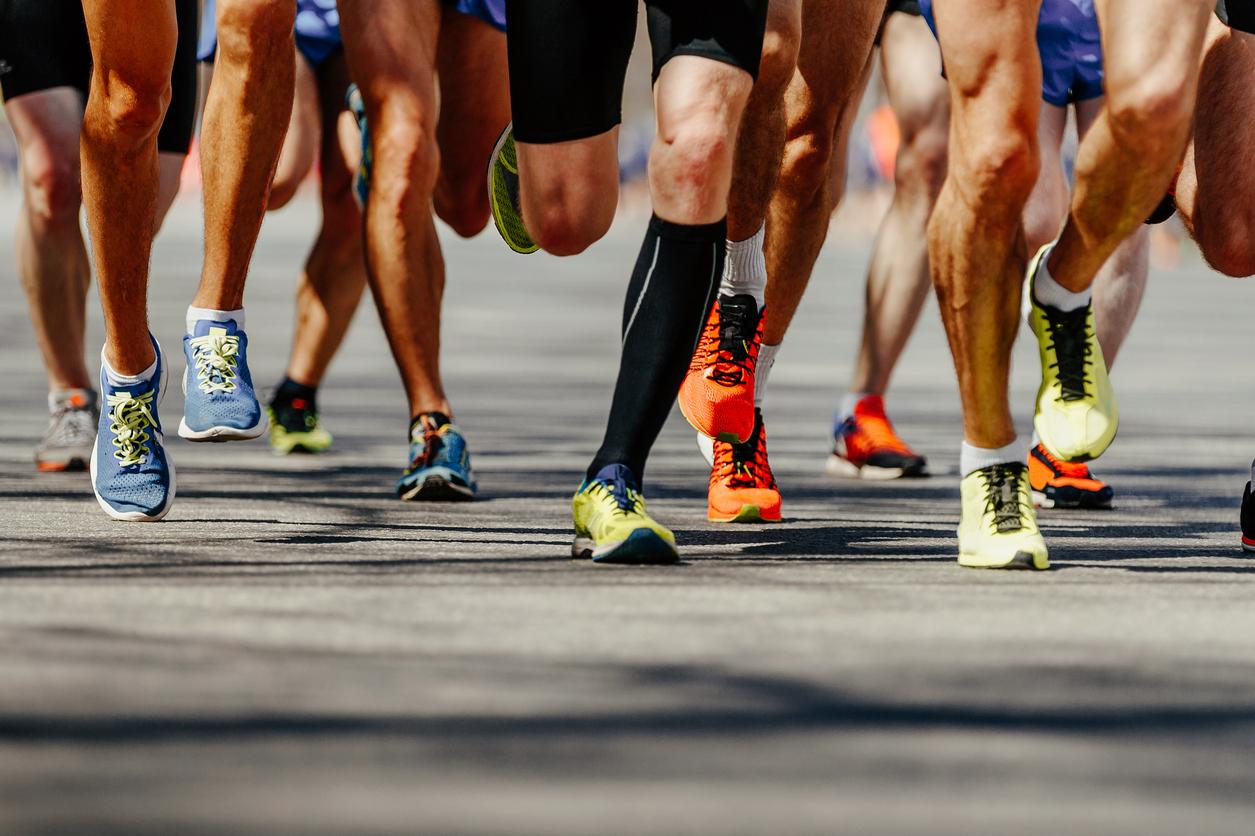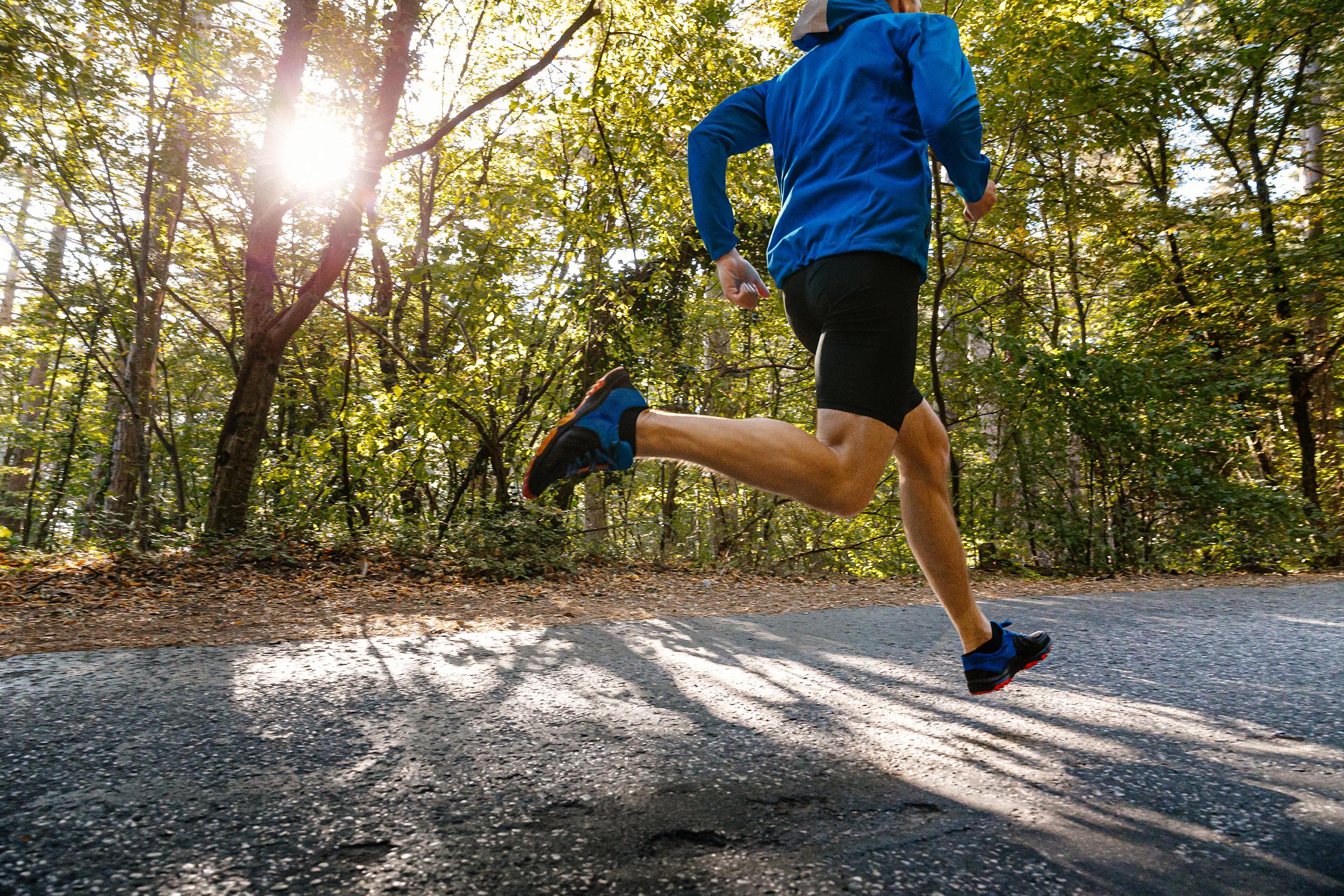
The iliotibial friction syndrome
Running is a tough sport for the knees. With every step they have to absorb two or three times your body weight and because of that they sometimes want to protest. An injury that often occurs in athletes who run a lot of kilometers is the so-called runners knee. What exactly is that and how do you ensure that you can walk smoothly again?
You will feel a runner’s knee on the outside, just above the knee. During exercise, the outer lump of the knee will gradually hurt, until it stings and burns so much that you have to stop. It hurts especially during landing, if you put your foot on the ground. Before and after exercise or when you take a leisurely walk, you usually suffer less from it.
Causes
The iliotibial tendon runs on the outside of the thighs. It runs from the hip bone to below the side of the knee, where the tendon attaches to the shin bone. When you straighten the leg, the tendon slides forward. When you bend the leg, it slides back. If you always bend and stretch the knees, for example while running or cycling, the tendon slides over the outer knee protuberance. This abrasion can overload the tendon. We call this the iliotibial friction syndrome, or popularly ‘runner’s knee’.
This injury is common in athletes who run long distances or train too much and too often in a short period of time. Many turns, such as on a running track, or running on the same side of a sloping road over and over, can overload the tendon. Having O- or X-legs, a leg length difference, flat feet, hollow feet, overpronationLow strength in the hamstrings and worn shoes can also be the cause of a runner’s knee.
What to do?
With a good warm-up, suitable shoes and a gradual build-up of your training schedule, you can prevent a runner’s knee. Your shoes should match the way you roll your feet. Begin and end your workout with gentle walking and stretching exercises. Do not run too fast, but gradually build up the distance and intensity of your runs. Keep in mind that bends, slopes and sloping roads are extra taxing.
The good news is that surgery is not necessary for a runner’s knee. The best treatment is rest. Walk less far, often and quickly. If running is too painful, you can maintain your fitness for the time being with gentle cycling or swimming. You can relieve the pain with a paracetamol or by cooling your knee with a cold pack. An injection of a combination of a numbing agent and an anti-inflammatory drug may provide temporary relief, but it will not help your knee heal faster.
Exercises
Stretch the iliotibial tendon with exercises so that it slides more easily over the knee bone and causes less friction and irritation. Stand on your left foot and cross the right foot diagonally behind the left leg. Bend the torso (and arms) to the left and hold this position for 5 to 10 seconds. Do the same exercise for the other leg.
Your knee usually recovers within weeks to months. If the above advice does not help, please contact a (sports) doctor or physiotherapist. They can then assess whether you need different shoes, insoles or specific exercises.
Sources):















